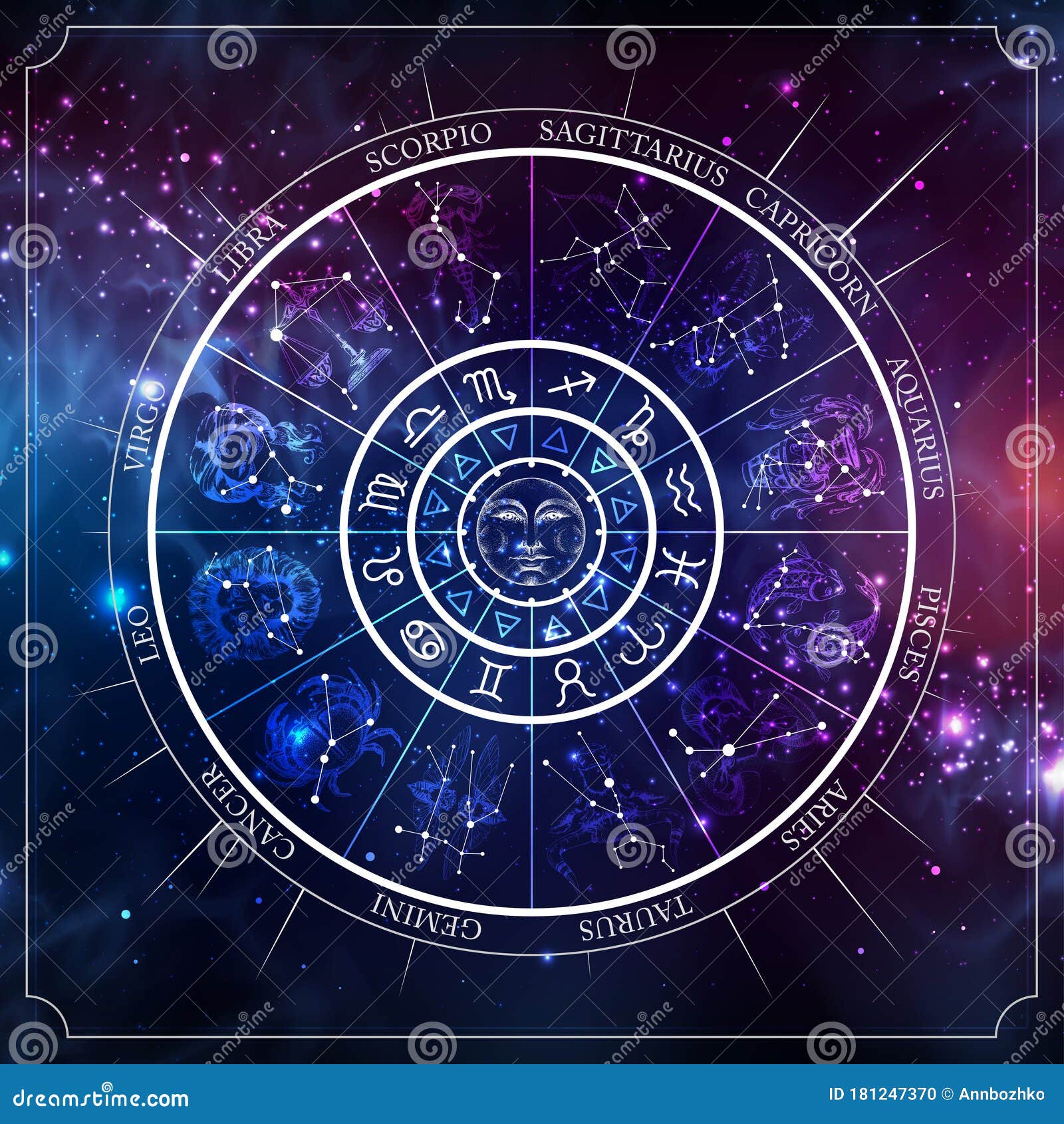
Today, the Sun is no longer within the constellation of Aries during much of that period. This means that the signs have slipped one-tenth-or almost one whole month-of the way around the sky to the west, relative to the stars beyond.įor instance, those born between March 21 and April 19 consider themselves to be Aries. Over the past two-and-a-half millennia, this wobble has caused the intersection point between the celestial equator and the ecliptic to move west along the ecliptic by 36 degrees, or almost exactly one-tenth of the way around. This wobble-called precession-is caused by the gravitational attraction of the Moon on Earth's equatorial bulge. Unbeknownst to the ancient astrologers, the Earth continually wobbles around its axis in a 25,800-year cycle. Astronomers call this the vernal equinox and it occurs as the ecliptic and celestial equator intersect.Īround 600 BCE, the zero point was in Aries and was called the "first point of Aries." ( Figure 1) The constellation Aries encompassed the first 30 degrees of the ecliptic from 30 to 60 degrees was Taurus from 60 to 90 degrees was Gemini and so on for all twelve constellations of the Zodiac. The first day of spring in the Northern Hemisphere was once marked by the zero point of the Zodiac. However, a phenomenon called precession has altered the position of the constellations we see today.

Thus, they calculated that each constellation extends 30 degrees across the ecliptic. Early astronomers observed the Sun traveling through the signs of the Zodiac in the course of one year, spending about a month in each.


 0 kommentar(er)
0 kommentar(er)
